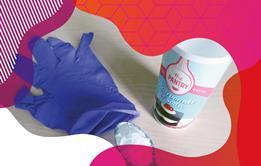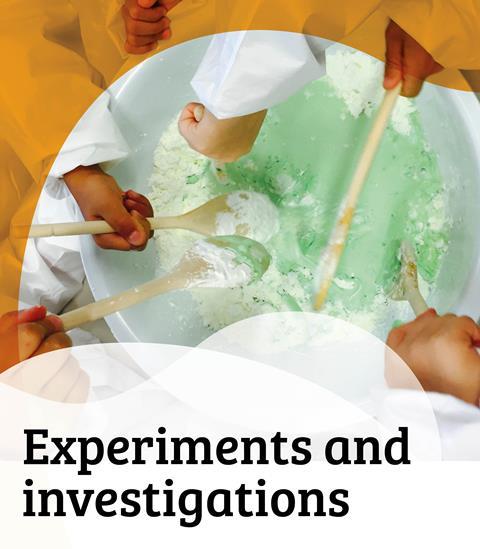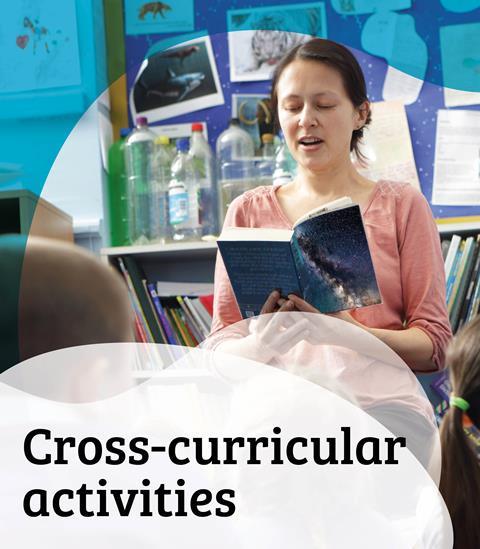Try this investigation to help learners compare the properties of different liquids and practise setting up a fair test
This resource is also available in Welsh and Irish
Get the Welsh language version.
Get the Irish language version.
This experiment focuses on the viscosity of different liquids. First watch the ‘racing liquids’ demonstration video, then find out how your learners can race different liquids and order them by their viscosity.
Learning objectives
- To understand that viscosity is a measure of a liquid’s resistance to flow.
- To recognise viscosity as a useful property of liquids.
- To understand that liquids can be ordered by their viscosity.
Enquiry skills:
- Be able to set up a comparative test to consider how different types of liquid flow at different speeds.
- To recognise that a comparative/fair test has variables which can be changed and controlled.
- To record observations and explain what has been found.
Watch the video
The video below shows how to carry out the ‘racing liquids’ demonstration.
Download the supporting materials
Set up and run the investigation with your class using the teacher notes and classroom slides, featuring a full equipment list, method, key words and definitions, questions for learners, FAQs and more.
Teacher notes
Classroom slides
What do learners need to know first?
Learners should know that force (a push or a pull) on an object can change its shape or movement.
They should understand that friction occurs when materials rub against each other to oppose motion.
Learners should have been introduced to comparative or fair testing. They should be aware of what can be changed (the ‘variables’) and whether this might make a difference to the outcome.
They should understand that changing one variable (the independent variable) may have an effect on another (the dependent variable).
Equipment list
A selection of household liquids. Ideally these will be similar in colour (eg yellow). You should place 100–150 ml (approx. ¼ of a small cup) of each liquid in plastic cups in preparation for the investigation.
Examples might include:
- Syrup/treacle
- Liquid soap
- Vinegar
- Tomato ketchup
- Brown/other sauces
- Hair conditioner
- Water (you could colour this to be more similar in colour to the other liquids used)
- Shampoo
- Cooking Oil
- Gravy
- Cocoa
Clear plastic cups. Tape these together with a measured amount of liquid in the bottom cup. Ensure that they are well sealed so that liquid cannot escape.
Additional resources
- Investigate the properties of liquids further in our intriguing ice investigation, or compare the properties of solids and liquids in our biscuit bashing investigation.
- Try particle disco from our collection of video demonstrations exploring liquids.
- Read up on solids, liquids and gases in this That’s Chemistry! textbook chapter.
- Introduce your learners to solids, liquids and gases with our primary science podcast.
- Learn all about water using our life of water resources.
Downloads
Racing liquids: teacher notes
Editable handout | Word, Size 0.33 mbRacing liquids: teacher notes
Handout | PDF, Size 0.24 mbRacing liquids: classroom slides
Presentation | PowerPoint, Size 9.11 mbRacing liquids: classroom slides
Presentation | PDF, Size 2.45 mb
Additional information
Primary science investigations were developed in collaboration with the Primary Science Teaching Trust

Primary science investigations

Exciting, simple experiments to engage learners with key topics in primary science, featuring classroom slides, teaching notes and video demonstrations. Links to the resources in English, Welsh and Irish.
- 1
- 2
- 3
- 4
- 5
- 6
- 7
- 8
- 9
 Currently
reading
Currently
reading
Viscosity and ‘racing’ liquids
- 11
- 12





































No comments yet